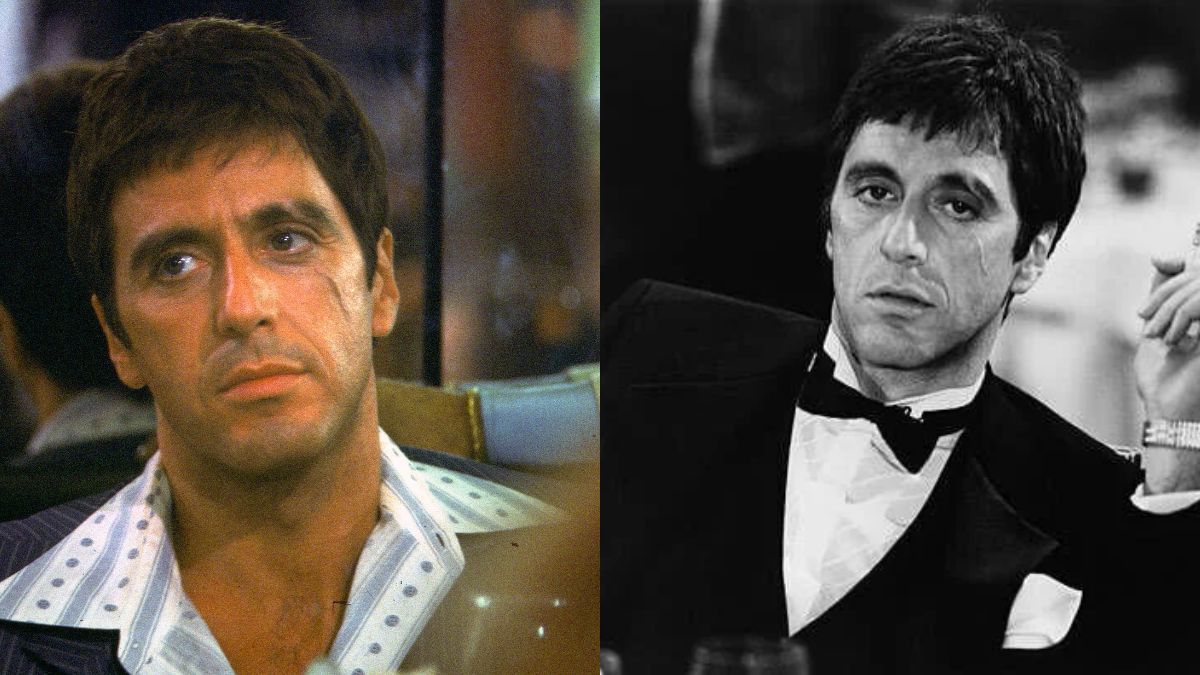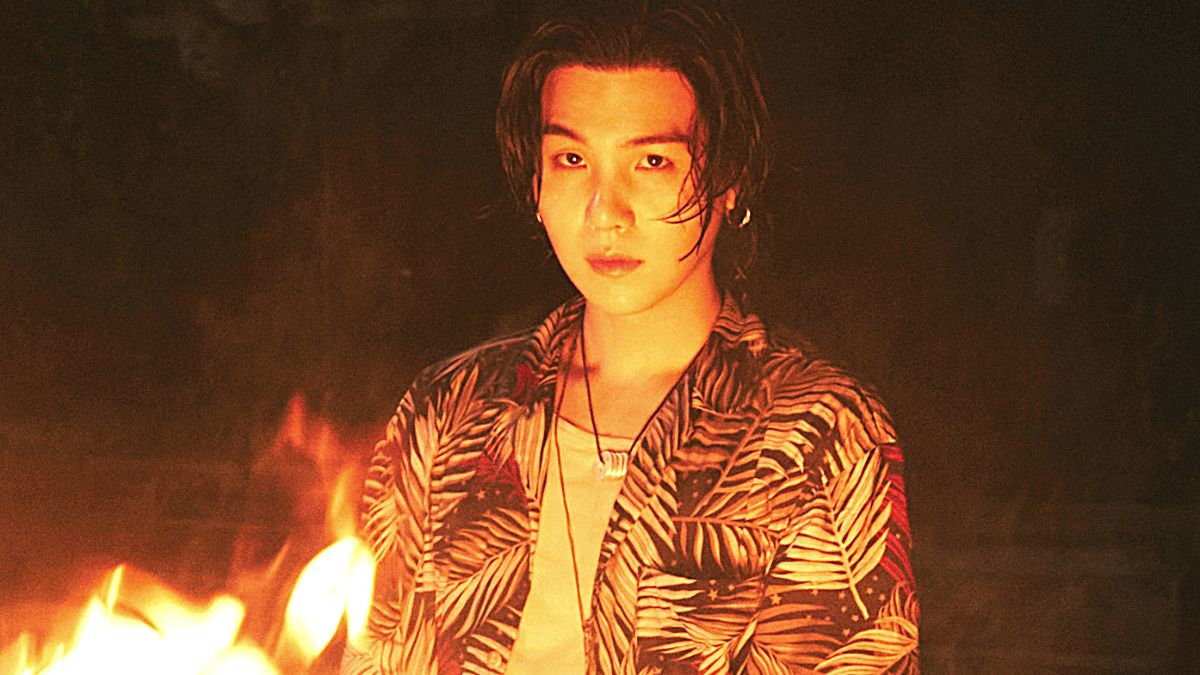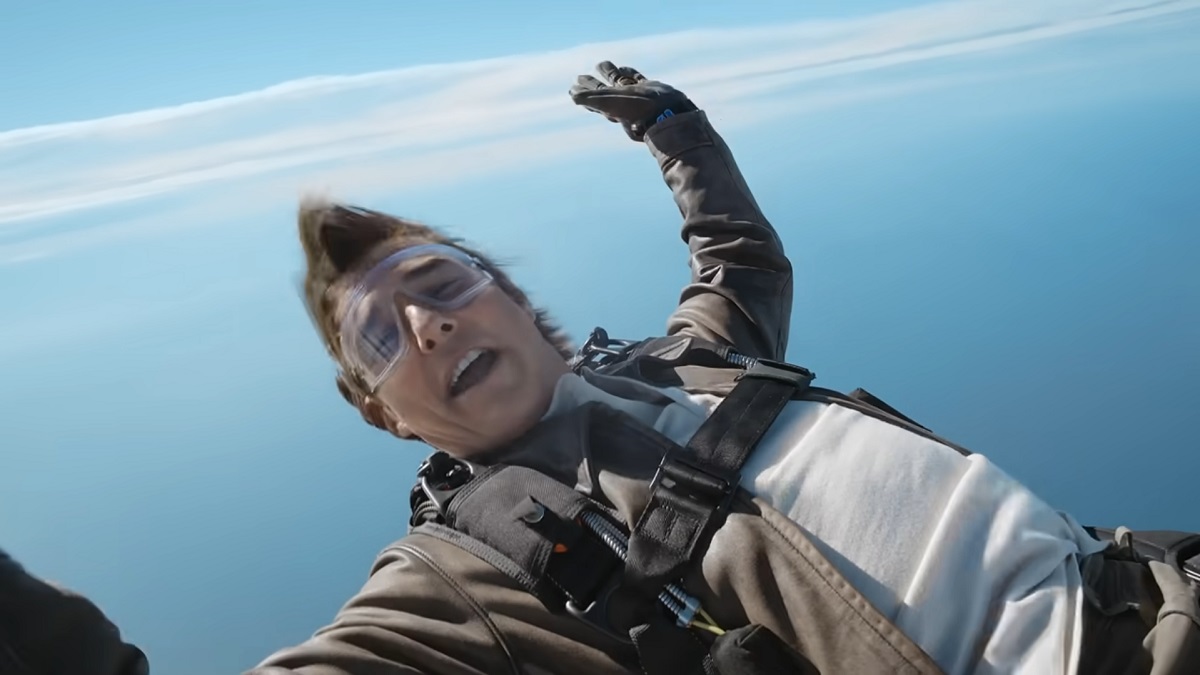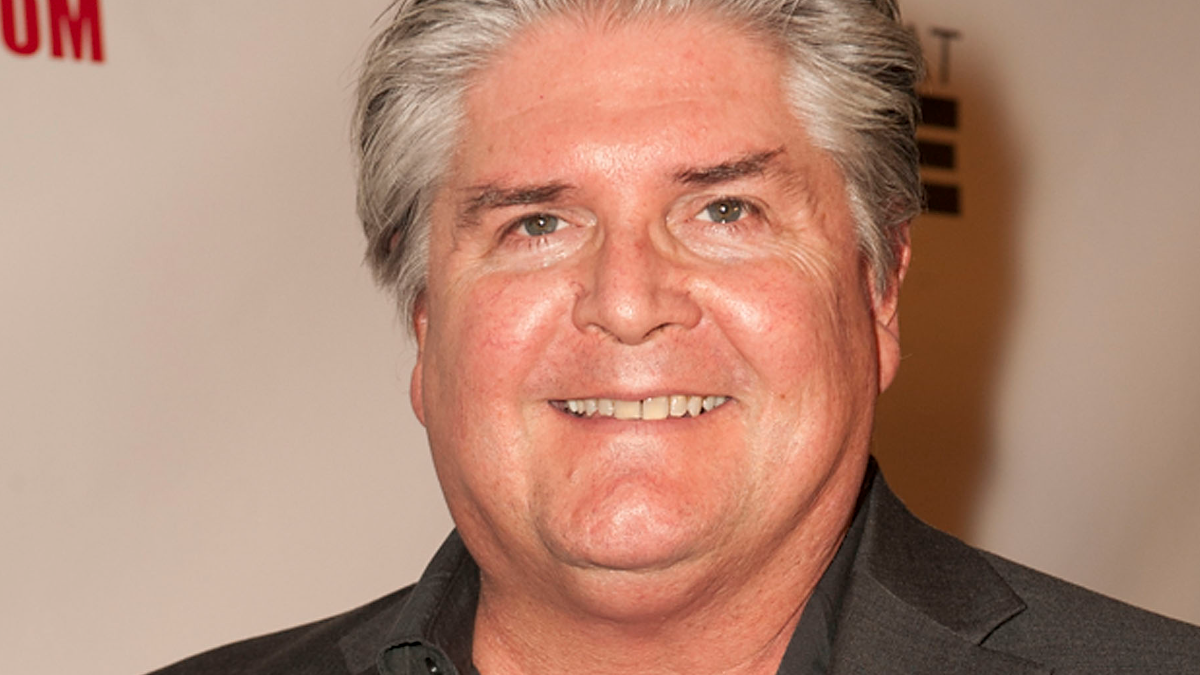When Agust D released his 2020 hit “Daechwita” and with it the music video that had ARMYs reeling for months, fans were instantly captivated by its storytelling and characters. With the release of D-Day, the rapper’s first proper album, and third solo project, the story started in “Daechwita” finally got a continuation in the music videos for “Haegeum” and “Amygdala,” in what SUGA has labeled the “Agust D trilogy”.
The journey across the three music videos is essentially one of healing and finding peace as you grow as an individual. Although “Amygdala” was the last to be released, chronologically it comes before “Daechwita.” “Haegeum” offers a conclusion (for now).
“Amygdala”
The music video for “Amygdala” might not share the same themes of revenge and rebellion as the other two productions in the “Agust D trilogy”, but it plays a key role in explaining the origins of the scar we first saw in “Daechwita” in 2020, and later in “Haegeum” in 2023.
In this video, Agust D is trapped inside a dark room, which symbolizes the Amygdala. As the region of the brain responsible for processing strong emotions like fear, anxiety, and aggression, this version of Agust D trapped in the Amygdala is also consumed by these feelings. As he fights to stay afloat, while traumatic things happen to the real-life version of himself, such as a car accident, depression, and family illness, “Amygdala” Agust D is driven to an extreme, and cuts himself across the face. Thus, the face scar featured in the other music videos is born.
The “Amygdala” music video also drives the point home that the fresher the scar on Agust D’s face, the more unresolved his negative emotions are. The scar is symbolic of a wound that’s much more than just physical – it’s psychological and emotional. Real-life Agust D tries to save the version of himself trapped in the Amygdala but fails – he’s not strong enough yet. In the following videos, we see this dark side grow darker and darker, until a more mature, finally healed version of Agust D permanently eradicates it.
“Daechwita”
The music video for “Daechwita” features a mad king and a rebel in a dispute for power, but the story goes a lot deeper than just that first layer. Based on different tidbits SUGA has shared over the years, the widely accepted theory is that the blonde-haired king is a call back to Agust D’s eponymous first mixtape, released in 2016.
Not only was SUGA blond for most of the music videos and promotions in that project, but a lot of its tracks, like “Agust D,” “Give It To Me,” and “Tony Montana,” mention negative emotions like greed, pride, and revenge. In fact, fans have theorized that the idea for the face scar came from the film Scarface and that the mad king is inspired by Al Pacino’s Tony Montana – he is what Agust D would become if he lost control. In “Tony Montana,” SUGA raps “I want the money to chase me but I hope I don’t become the monster chasing only money.”

In that sense, the mad king embodies a side of Agust D that has let those feelings take hold, whereas black-haired Agust D, who wears modern clothing and drives a modern car, represents SUGA in 2020, who is now actively fighting against these instincts.
SUGA has previously talked about how important contrasts were for the music video, from the hair color to the jewelry each Agust D wears (the mad king only wears gold, and the rebel only wears silver). The mad king’s scar looks a lot fresher than the rebel’s, which suggests a bigger proximity to the Agust D from “Amygdala,” and explains why he’s so violent and impulsive. The rebel killing the mad king is symbolic of Agust D killing the worst parts of himself. Although paler, the rebel’s scar is still very much visible, which suggests the journey is not yet over.
“Haegeum”
“Haegeum” might have been released in between “Daechwita” and “Amygdala” but, chronologically, it only makes sense that it comes last. In this video, which mirrors “Daechwita” in a lot of ways, there are once again two versions of Agust D hunting one another. This time they’re both black-haired, and only one — the cop — still has a scar. The other, a Robin Hood type of criminal who steals from mob bosses, is finally scar-free.
Like the mad king, the cop is representative of a repressive system, which signifies both the constraints of society and our own darker instincts – in the lyrics to “Haegeum,” SUGA raps both about capitalism and hatred and prejudice. Given his raven hair and almost completely faded scar, fans have theorized the cop from “Haegeum” is the rebel from “Daechwita,” who might have initially wanted to do some good by being a police officer but couldn’t resist the corruption in his field. At the end of “Haegeum,” the criminal successfully kills the cop, indicating that Agust D has finally conquered his darkest fears and instincts.
SUGA has explained that the title of the song is both a reference to the traditional Korean violin-like instrument that plays at the start of the song, and to a Korean expression that translates to “freeing what’s forbidden” or “lifting a ban.” The lyrics to the song talk a lot about liberation from societal censorship, but Agust D practices what he preaches by, for example, smoking in the music video. Smoking is deeply taboo in K-pop, and fellow BTS members V, and Jungkook, have been publicly criticized after being photographed smoking in private. In his Disney Plus documentary, Road to D-Day, SUGA talks in depth about the ridiculous scrutiny idols face in South Korea and how he wants to challenge that.
As a character, the criminal is not only finally healed, but also confident enough to push boundaries and stand up to oppression. He’s the strongest, most self-assured version of himself. Fans have pointed out that the jacket this final version of Agust D is wearing contains the symbol of the five-clawed dragon, which was symbolic in the Joseon Dynasty of the king’s official costumes. In “Daechwita,” the mad king’s robe features a four-clawed dragon, possibly indicating he was a fake king, and that the last-standing Agust D is the real king.











Published: May 3, 2023 05:16 am